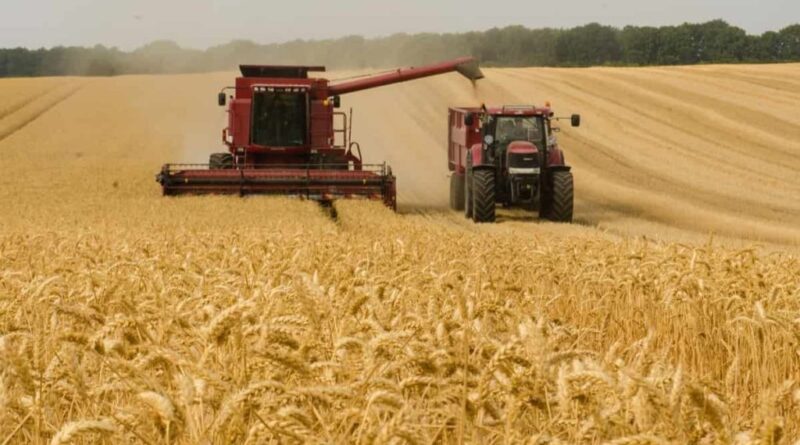Opinion: US flour milling remarkably steady in volatile world
By Joh Sosland
Amid weak consumer confidence, depressed grocery sales volume and weak financial results for food companies and many ingredient processors, the stability exhibited by the US flour milling industry in 2024 and early 2025 stands out.
Flour production in the United States has climbed for five consecutive quarters, and per capita flour disappearance ticked upward last year, according to US Department of Agriculture data. Financial filings by three organizations with large US flour milling interests suggest milling profits remain elevated.
While the developments for milling are certainly welcome, caution also is warranted. Production capacity has been creeping upward, and per capita flour consumption is still hovering near the lowest levels in four decades. A look at milling capacity trends and a dissection of the components of per capita consumption suggest milling’s underlying health is stable but fragile.
Production/capacity trends over the past quarter century suggest increases in production capacity over the past two years, while concerning, should not yet be cause for alarm. In 2005, daily milling capacity dipped to a trough of 1,492,000 cwts, reflecting weak baked foods demand as the Atkins diet was peaking.
Over the 14 years that followed, milling capacity increased in 12, adding a net 157,750 cwts of daily production capacity, an increase of 11%, leaving total 2019 US capacity at a record 1,649,750 cwts. Demand during this period failed to keep pace with the capacity additions, and the milling industry’s operating rate sunk to 83.4% in 2019, versus 86.2% in 2005 and an average of 86.9% during the 2010s before 2019.
Several mill closings followed in 2020 and 2021, and in the latter year US flour daily milling capacity was 1,582,830 cwts, down 66,920 cwts, or 4%, from the 2019 peak. Since then, milling capacity has been growing again with a net increase of 18,387 cwts of flour capacity, leaving capacity about 50,000 cwts below the 2019 peak. Utilization last year was on par with 2005. Without stronger usage in 2025 and beyond, additional capacity additions beyond expansion projects already underway could mean peril for milling.
Per capita flour consumption climbed modestly in 2024, but the big picture for the key industry barometer has not been pretty. Again, with overall production basically flat for more than a decade, per capita flour consumption has drifted downward, sinking in 2023 to the lowest level since the mid-80s. The per capita total of 128.2 lbs (58.15 kg) of flour disappearance in 2023 was about midway between the 1997 peak of 146.8 lbs (66.59 kg) and the record low of 109.8 (49.8 kg) in 1972. While the rise in per capita consumption in 2024 to 128.9 lbs (58.47 kg) certainly was a relief, the number remains well below where grain-based foods advocates believe it belongs.
A granular breakdown of the factors accounting for the year-over-year increase last year is sobering. Flour production rose 1.2% in 2024 from the year before, but the population grew by 0.9%. Flour exports were up 870,000 cwts, or 23%, in 2024. Adjusted for flour exports, US per capita consumption of flour milled domestically was up only 0.15 lbs. (0.07 kg) Most of the 0.7-lb increase in per capita consumption was accounted for by imported flour, semolina, pasta, bulgur and couscous, which jumped 2,273,000 cwts, or 12%, in 2024. In other words, the increase in per capita flour consumed last year mostly was not supplied by the US flour milling industry.
While capacity additions need to be kept in check and consumption trends need to improve, other positives for milling deserve note, including marking the 10th anniversary this year of the USDA’s effective takeover of the gathering and publishing of flour production data. Amid the trade turmoil wracking so many US businesses, grain-based foods is fortunate exports and imports of flour and flour products account for less than 2% and 4%, respectively, of US flour supplies each year.
That the milling business remains strong in this environment despite soft demand is a blessing millers must carefully nurture.
This article has been republished from The World Grain.

